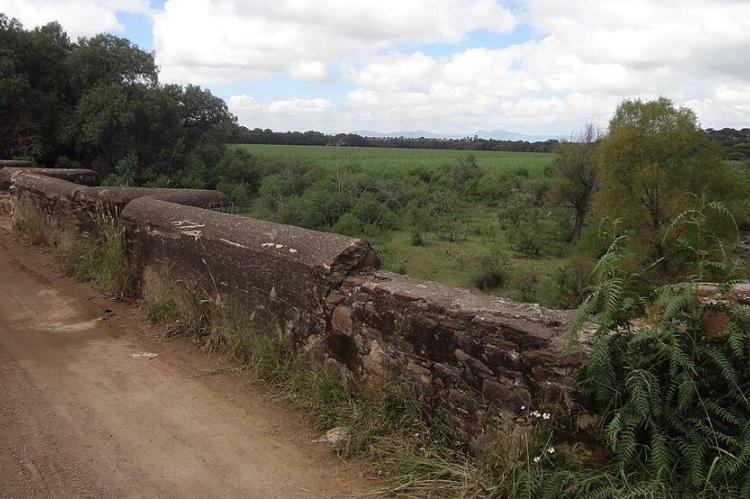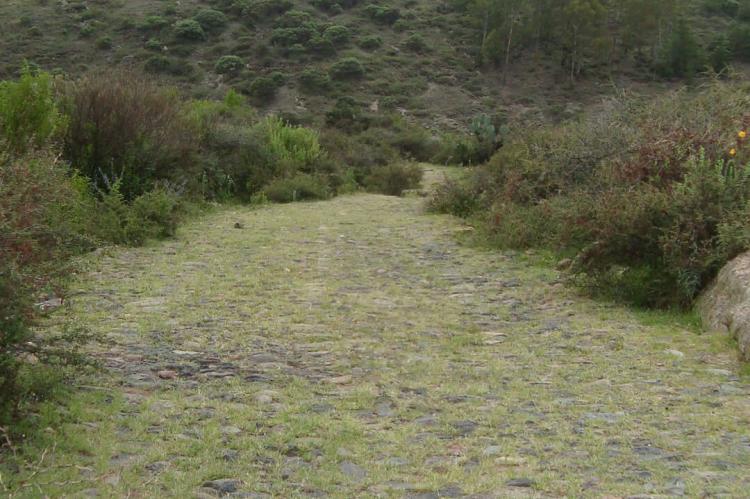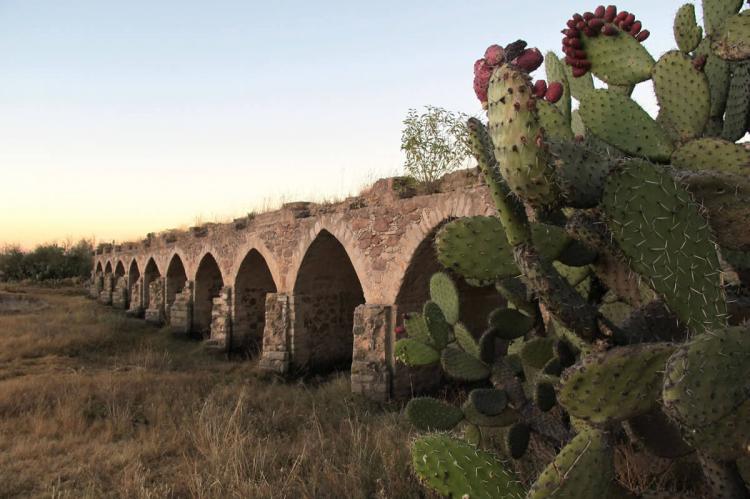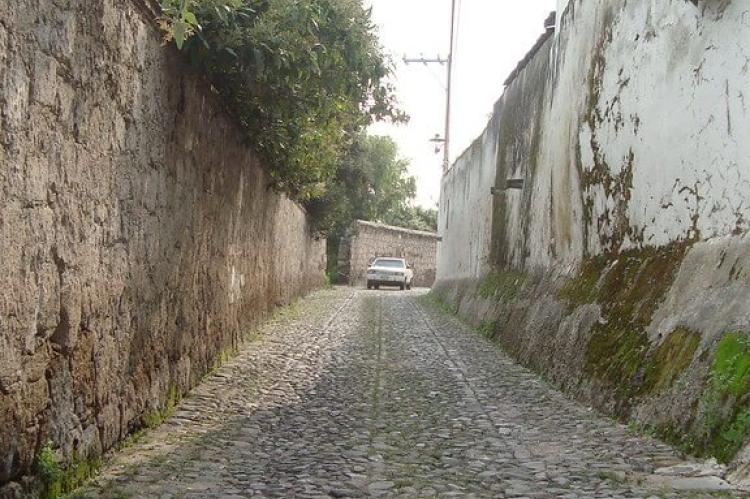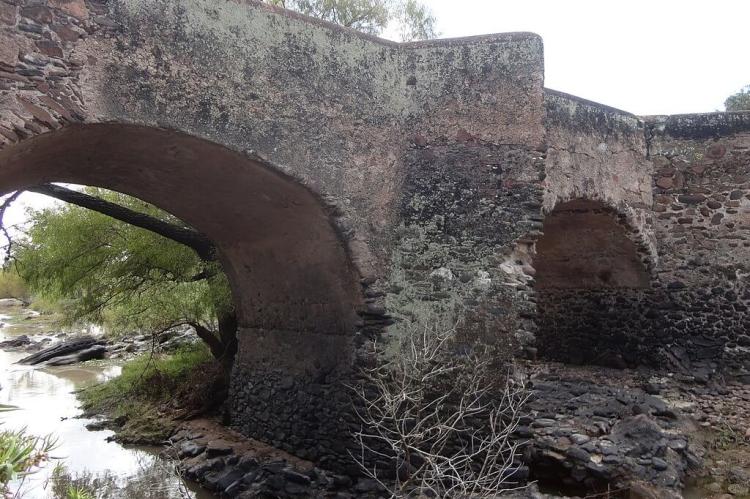Camino Real de Tierra Adentro (Mexico)
The Camino Real de Tierra Adentro, or the Silver Route, was a historic road that connected Mexico City to mining regions for over three centuries. This royal inland road, recognized by UNESCO, facilitated cultural, religious, and social exchanges between Spanish colonists and Amerindian communities.
Camino Real de Tierra Adentro
The Camino Real de Tierra Adentro, also known as the Silver Route, stands as a testament to the economic, cultural, and social dynamics that unfolded over three centuries, shaping the history of Mexico. Functioning as the northernmost of the four major "royal roads" connecting Mexico City to its significant tributaries, this royal inland road played a pivotal role in the transportation of silver and mercury, linking mining regions such as Zacatecas, Guanajuato, and San Luis Potosí. Beyond its economic significance, the Camino Real fostered cultural, religious, and social exchanges between Spanish colonists and Amerindian communities.
Historical Significance
Active for 300 years, from the mid-16th to the 19th centuries, the Camino Real de Tierra Adentro was a trade route and a lifeline of economic prosperity for the Spanish Empire. The course served as a conduit for transporting silver extracted from the rich mines of Zacatecas, Guanajuato, and San Luis Potosí and mercury imported from Europe. This exchange of valuable resources fueled economic development, contributing to the wealth of Spain and other parts of Europe.
Cultural Links
While initially motivated and consolidated by the mining industry, the Camino Real de Tierra Adentro evolved into a complex network that fostered the creation of social, cultural, and religious links. It became a channel for exchanging ideas and traditions between Spanish and Amerindian cultures. The roads, bridges, forts, haciendas, and churches that dotted the landscape were physical markers of this cultural fusion, reflecting a distinctive Spanish and local decoration blend.
Related Sites
The Camino Real de Tierra Adentro is recognized as a UNESCO World Heritage property, encompassing five existing urban sites: Mexico City, Querétaro City, Guanajuato City, San Miguel de Allende, and Zacatecas. However, the significance of the Camino Real extends beyond these urban centers. The property also includes 55 related sites, including bridges, former haciendas, historic centers/towns, cemeteries, former convents, mountain ranges, road stretches, mines, chapels/temples, and caves. This expansive network stretches across a 1,400 km (870 mi) span between Mexico City and the Town of Valle de Allende.
Cultural Fusion
Silver, as the driving force behind the Camino Real, generated wealth for the Spanish government and spurred colonists to open up the northern territory for mining. This led to establishing towns for workers, constructing forts, haciendas, and churches, and creating of a communication channel that facilitated trade and cultural exchange. The development from multi-ethnic cities, characterized by elaborate buildings reflecting a fusion of Spanish and local decorative elements, attests to the rich cultural tapestry woven along the route.
Royal Inland Road
The Royal Inland Road is a significant segment of the Camino Real de Tierra Adentro, often called the Silver Route. This specific stretch of the route was crucial in connecting Mexico City to Santa Fe, serving as the northernmost link in the Spanish Intercontinental Royal Route. The Royal Inland Road witnessed active use for 300 years, becoming a historical lifeline for transporting silver and mercury.
Impact
The Camino Real had a profound impact on social tensions and integration. The movement of people, facilitated by settlements of muleteers, contributed to an agricultural revolution centered around large hacienda estates with churches. The interchange of ideas and people along the route led to the development of a distinctive culture, reflecting the amalgamation of diverse influences. While the economic expansion fueled by the wealth of silver brought about massive economic growth in Spain and Europe, it also resulted in a period of significant economic inflation.
Conclusion
In conclusion, the Camino Real de Tierra Adentro is not merely a historic road; it is a cultural legacy etched into the landscape of Mexico. The structures along this route, from churches and haciendas to bridges and caves, reflect the intricate interchange of ideas, people, and traditions. The Camino Real encapsulates the economic, social, and cultural dynamics that unfolded along this historic pathway, leaving a tangible testament to the integration of diverse communities and the enduring impact of trade and cultural exchange in the region. As a critical component, the Royal Inland Road played a vital role in this grand narrative, further highlighting the historical significance of this remarkable UNESCO World Heritage property.
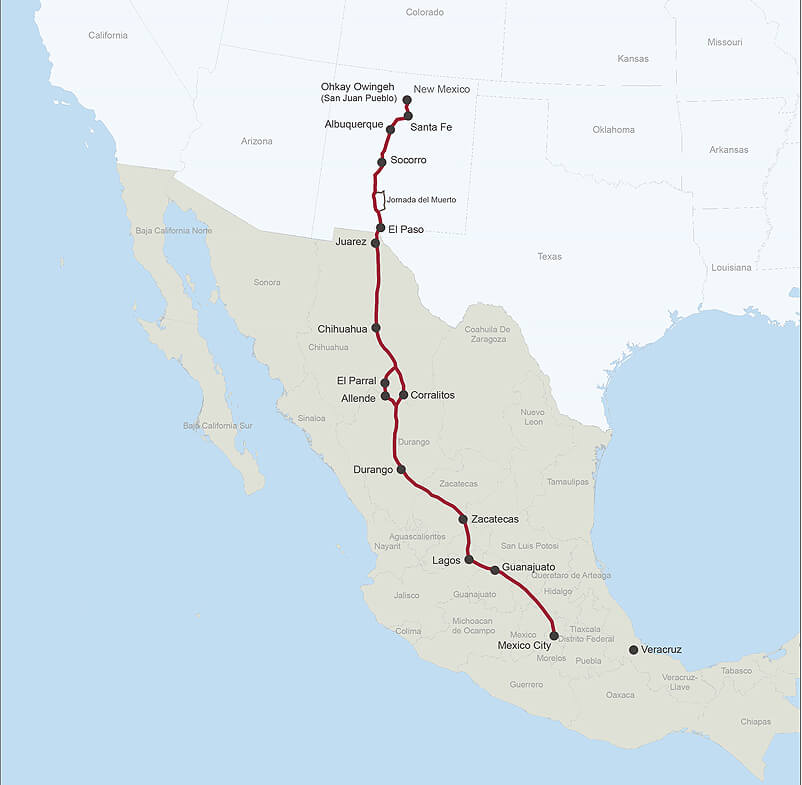
The historic map shows the trail from Mexico City to Ohkay Owingeh (San Juan) Pueblo.
